In the fast-paced realm of artificial intelligence, AI annotators have become indispensable tools for efficiently processing and understanding large volumes of data. These advanced systems harness AI to annotate text, images, and videos, enhancing machine learning models' accuracy and efficiency. This blog post goes over the best AI annotation tools currently available, shedding light on their features, capabilities, and how they are revolutionizing data processing across various industries. Whether you are a data scientist, a machine learning enthusiast, or simply interested in the latest AI advancements, join us as we explore these powerful tools. Read till the end to discover the AI annotator that could significantly streamline and improve your data annotation tasks.
Part 1. What Is an AI Annotation Tool?
An AI annotation tool, or AI annotator, is a software solution designed to facilitate the labeling or tagging of text, images, or documents. These tools use artificial intelligence to automate and enhance the process of annotating content, a task that is traditionally labor-intensive and time-consuming.
Key Features of AI Annotators:
- Automation: AI annotators automate the labeling process, greatly reducing the time and effort required for manual annotation. This automation is particularly beneficial for large datasets.
- Accuracy Improvement: By leveraging AI, these tools can achieve high levels of accuracy in annotation, crucial for developing reliable machine learning models.
- Data Variety Handling: They are equipped to handle diverse types of data, including text, images, and videos, making them versatile for different AI projects.
- Customizable Tagging: AI annotators offer customizable tagging options, allowing users to define specific labels according to their project requirements.
- Collaboration Features: Many of these tools support collaborative annotation, enabling teams to work simultaneously on the same dataset.
- Integration with AI Models: They often integrate seamlessly with various machine learning models, facilitating a smoother workflow from data annotation to model training.
Benefits of Using AI Annotators:
- Enhanced Efficiency: The automation of data labeling drastically reduces the time required for dataset preparation.
- Scalability: AI annotators can easily scale up to handle larger datasets, which is essential for robust machine learning training.
- Improved Model Performance: Accurate and consistent annotations lead to better training of machine learning models, resulting in improved performance and reliability.
- Cost Reduction: By automating the annotation process, these tools reduce the need for extensive human resources, thus cutting down on costs.
- Ease of Use: With user-friendly interfaces, AI annotators are accessible not only to experts but also to those with limited technical expertise.
Part 2. What Is the Best AI Annotator for 2025?
Having established what an AI annotator is and the key capabilities and benefits it brings to the table, we now turn our attention to a detailed exploration of four AI tools that can help with annotations: UPDF, Labelbox, IO annotator, and OpenAI's GPT-4.1 API. Each of these tools offers effective functionalities and advantages, making them stand out in the realm of data annotation. In the following section, we will delve into the specifics of these tools, assessing their individual strengths and how they cater to different annotation needs. This comparison aims to provide a clear perspective on which AI annotator might best suit your specific requirements in the evolving landscape of AI-driven data processing.
#1 UPDF
While UPDF may not fit the traditional definition of an AI annotator, its capabilities extend into areas complementary to the annotation process, particularly in handling and preparing documents for annotation workflows. UPDF excels in document management, offering features like PDF annotating, editing, conversion, and OCR technology. Its OCR feature is particularly relevant, as it can transform documents and images you scan into editable and searchable formats, a preliminary yet crucial step in the data preparation phase for AI annotation. By streamlining this initial stage, UPDF indirectly enhances the efficiency of subsequent AI annotation processes.
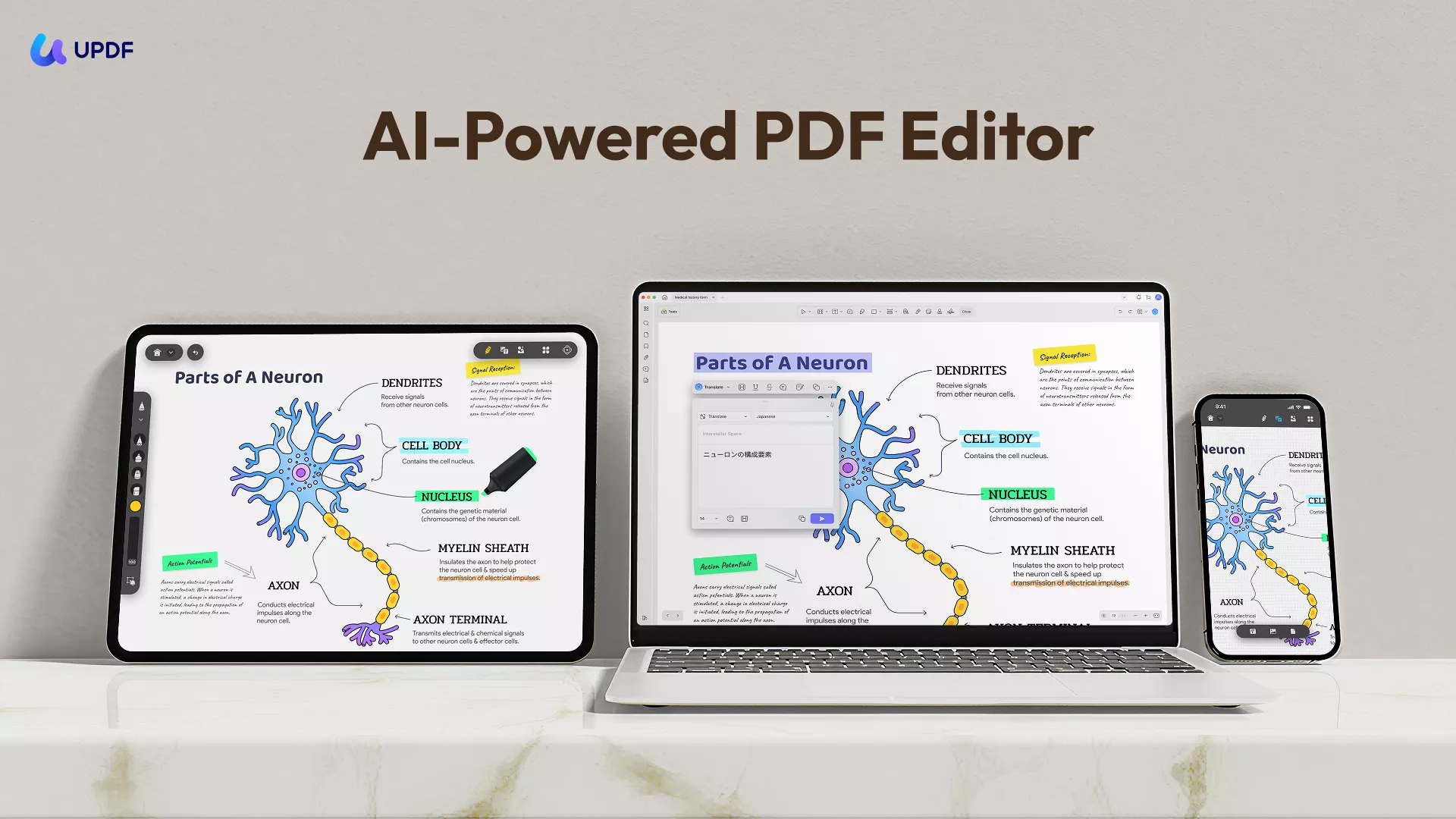
For those involved in data annotation projects, especially where document handling is a significant component, UPDF emerges as a valuable tool, simplifying the preparatory steps and seamlessly integrating with broader AI annotation tasks. And it offers a free trial, users can directly download it to unlock most premium AI features.
Windows • macOS • iOS • Android 100% secure
#2 Labelbox
Labelbox stands out as a dedicated AI annotation tool, specifically designed to improve the efficiency and accuracy of data labeling for machine learning. It offers a robust platform that supports a broad range of content, including images, videos, and text. Key features of Labelbox include an intuitive interface for easy annotation, powerful collaboration tools enabling teams to work simultaneously, and customizable labeling options to meet specific project needs.
Additionally, Labelbox integrates machine learning to assist in the annotation process, thereby reducing manual effort and improving label consistency. This tool is particularly favored for its scalability and its ability to handle large datasets, making it an ideal choice for enterprises and researchers seeking a comprehensive solution for their data annotation challenges.

#3 IO Annotator
IO Annotator is a versatile AI annotation tool designed for ease of use and efficiency in data labeling tasks. It specializes in annotating images and videos, making it a go-to solution for projects involving visual data. A standout feature of IO Annotator is its user-friendly interface, which simplifies the annotation process, even for those with minimal technical expertise. The tool also offers automated suggestions to speed up the labeling process, while still allowing for manual adjustments to ensure accuracy.
With features like real-time collaboration and support for various annotation types (including bounding boxes and segmentation), IO Annotator is well-suited for teams working on computer vision projects. Its balance of automation and user control makes it a valuable asset for both small-scale projects and larger, more complex annotation tasks.

#4 OpenAI's GPT-4.1 API
OpenAI's GPT-4.1 API, while primarily known for its advanced language generation and understanding capabilities, also plays an important role in the field of AI annotation, particularly for text-based data. It excels in tasks like text classification, summarization, and semantic analysis, which are essential components of text annotation.
The GPT-4.1 API can analyze and interpret large volumes of text, providing insights and suggestions that can greatly assist in the annotation process. This makes it an invaluable tool for projects involving natural language processing (NLP). Its ability to understand context and create text responses allows for more accurate and efficient text annotations, enhancing the quality of datasets used for training NLP models. OpenAI's GPT-4.1 API represents a leap forward in AI-powered text annotation, offering a sophisticated solution for complex language-related data processing tasks.
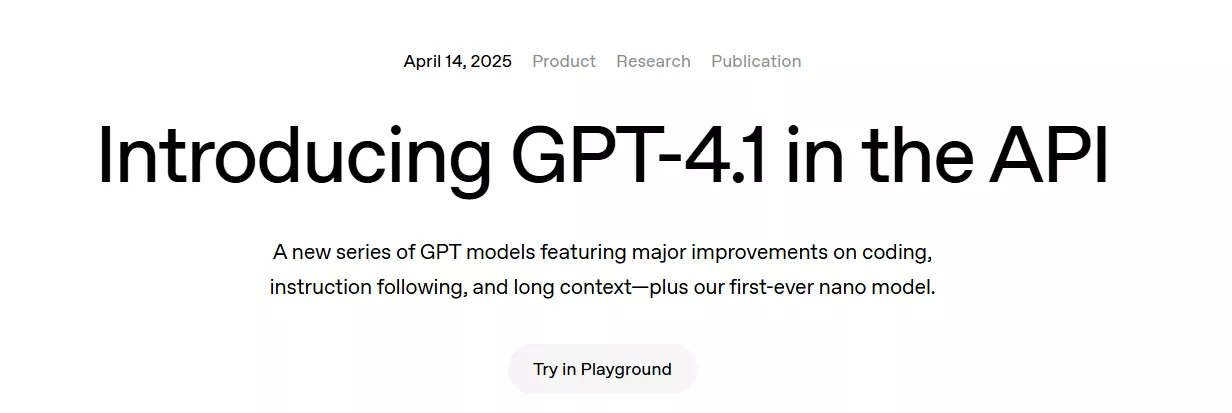
Part 3. Bonus: What Is the Best Annotator for Documents and Images?
UPDF stands out as a premier AI tool for annotating pages and documents, making it a top choice for users seeking efficient document management and annotation capabilities. Its strength lies in its comprehensive suite of annotation features tailored for both personal and professional use. UPDF offers versatile annotation tools, including the ability to add comments, highlight text, and insert shapes or stamps, which are crucial for reviewing and marking up documents. The software also supports freehand drawing, allowing for more personalized annotations.
For those working with scanned documents, UPDF's robust OCR technology converts scanned text into editable and searchable formats, streamlining the annotation process. Additionally, UPDF provides a user-friendly interface, ensuring ease of navigation and efficiency. Its compatibility with various document formats, combined with secure encryption for document protection, positions UPDF as an ideal solution for comprehensive and secure document annotation tasks.
While UPDF can effectively annotate documents and pages, it also has nearly a dozen other features to help with document management. This includes the following:
- UPDF AI: UPDF's AI capabilities enable you to summarize long PDF contents, translate them into different languages, and provide explanations for better understanding.
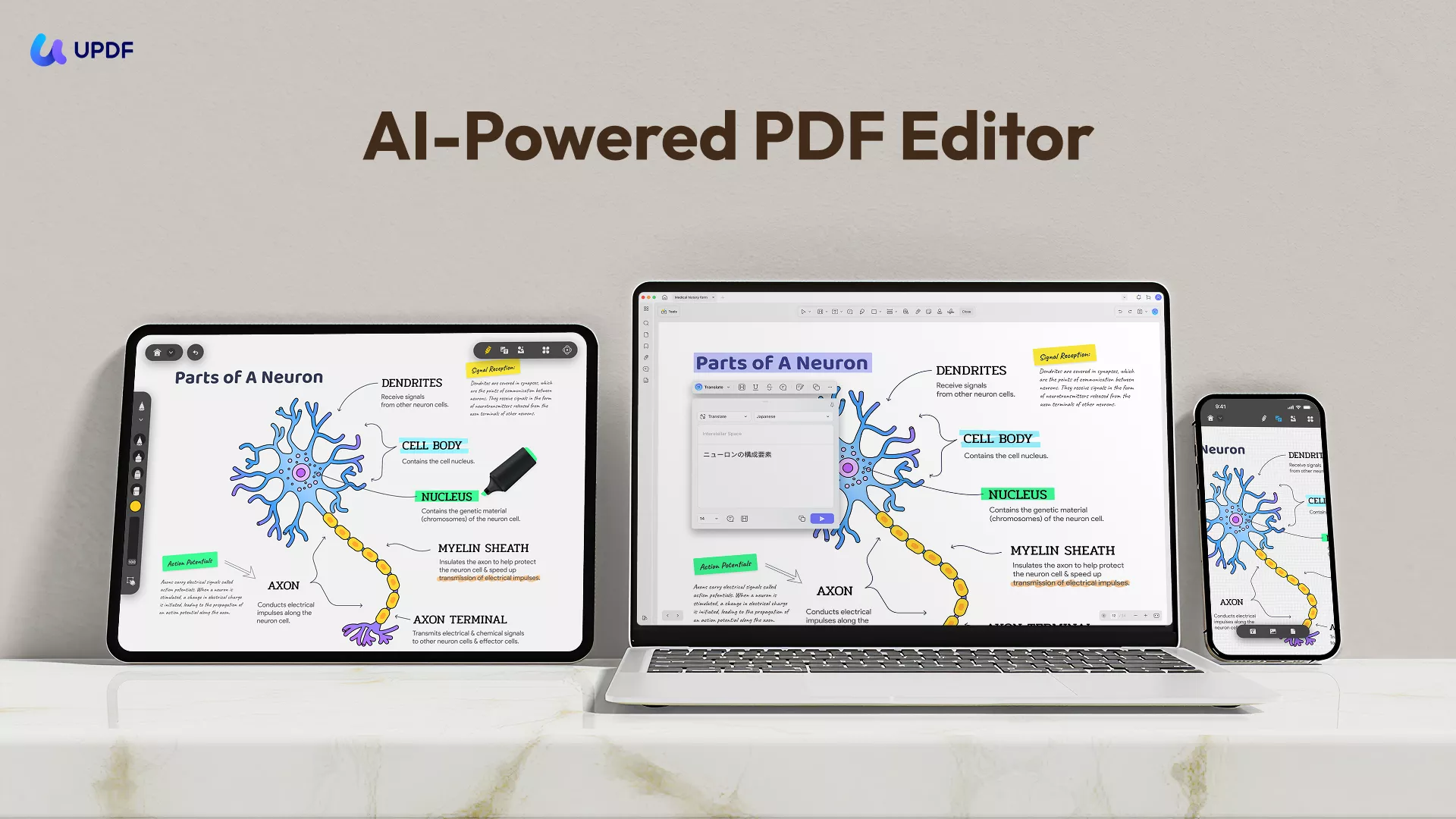
- Convert PDFs: Quickly and accurately convert PDFs to and from various formats like Word, Excel, and more, maintaining the original layout and format integrity.
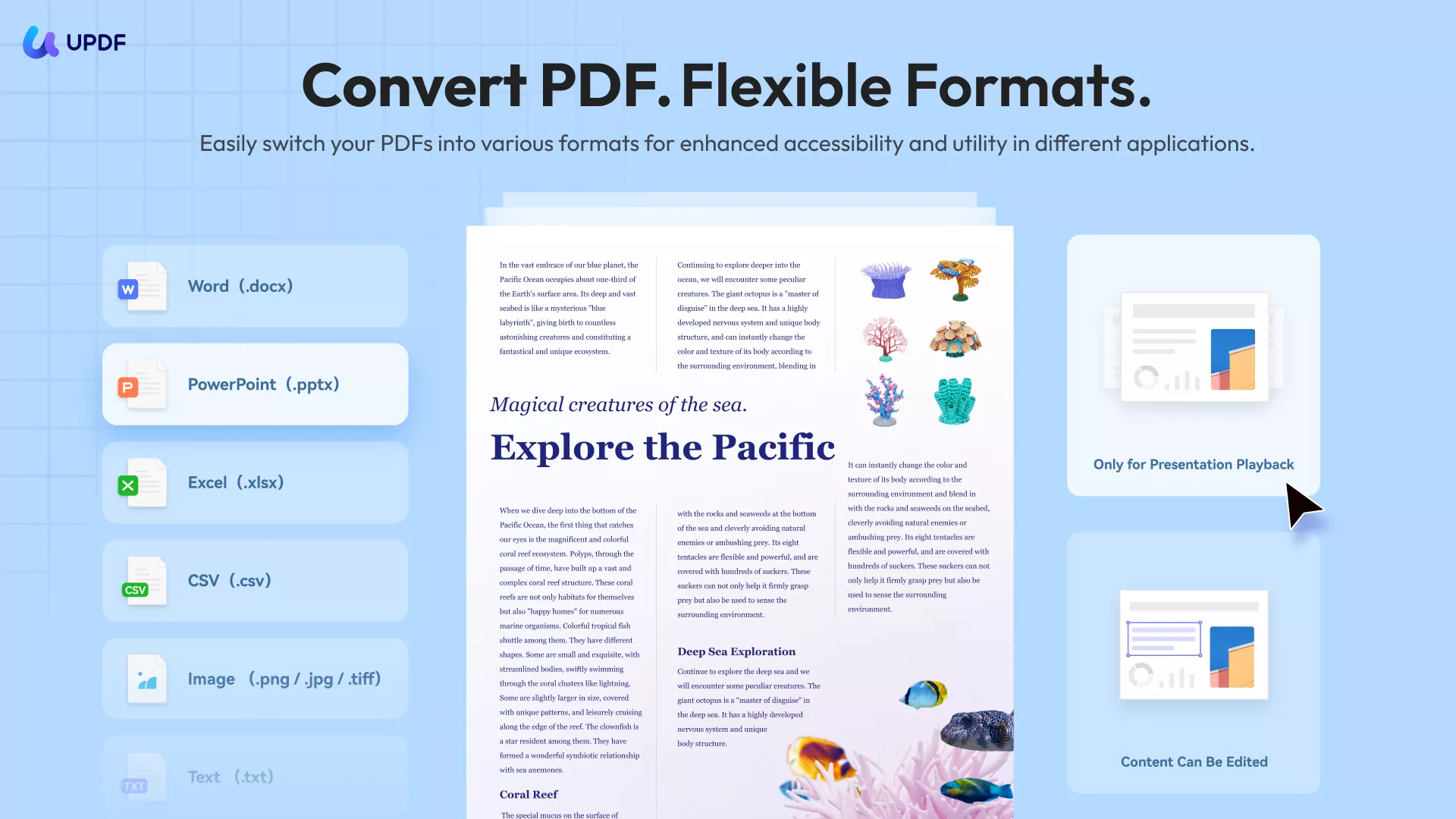
- OCR PDF: The advanced OCR feature in UPDF can recognize text in scanned PDFs across 38 languages, making your documents editable and searchable.
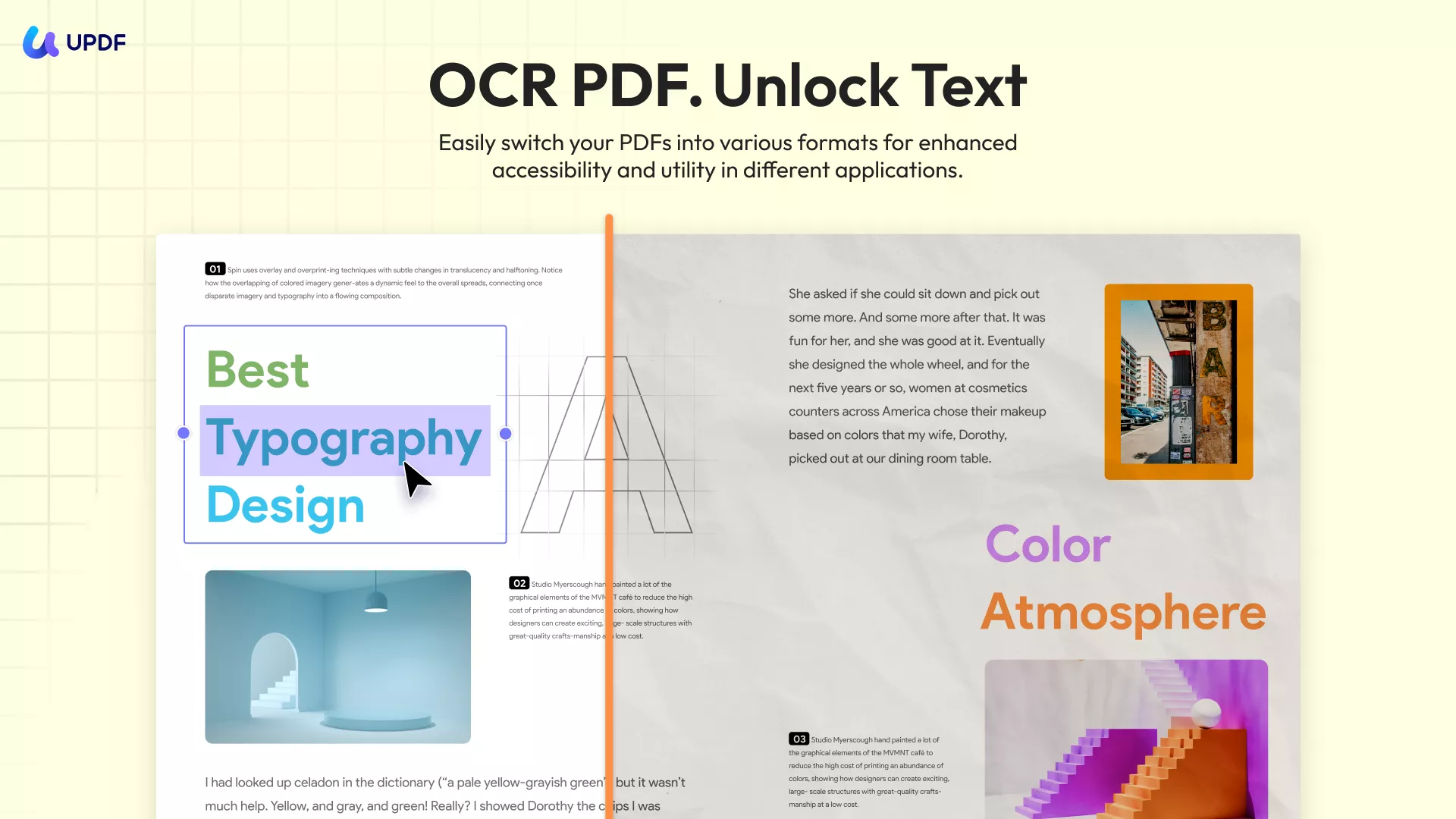
- Batch PDF: Insert a single PDF into multiple files collectively without quality loss.
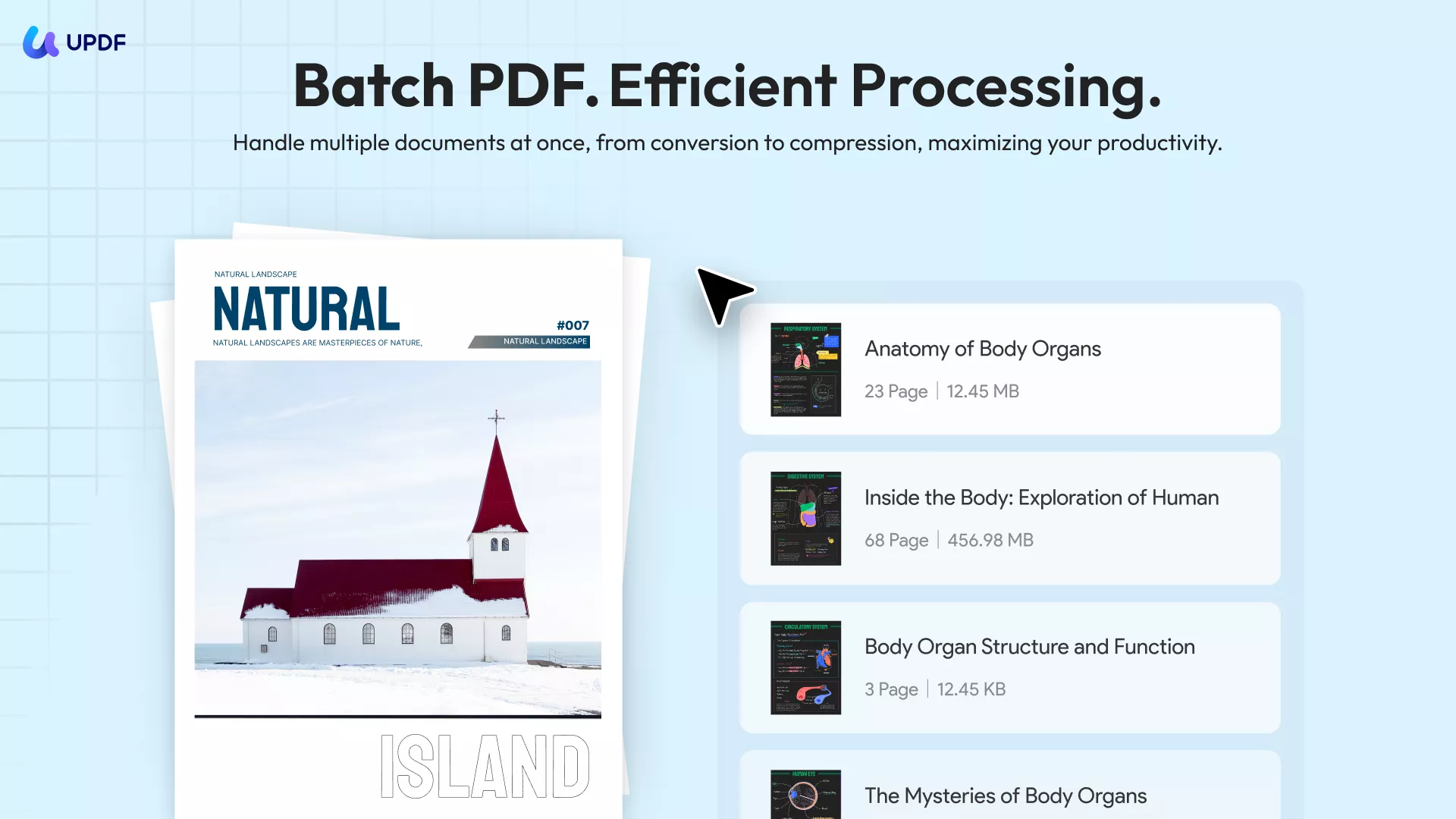
- Edit PDF: UPDF allows you to edit text and images in your PDFs as easily as you would in a Word document.
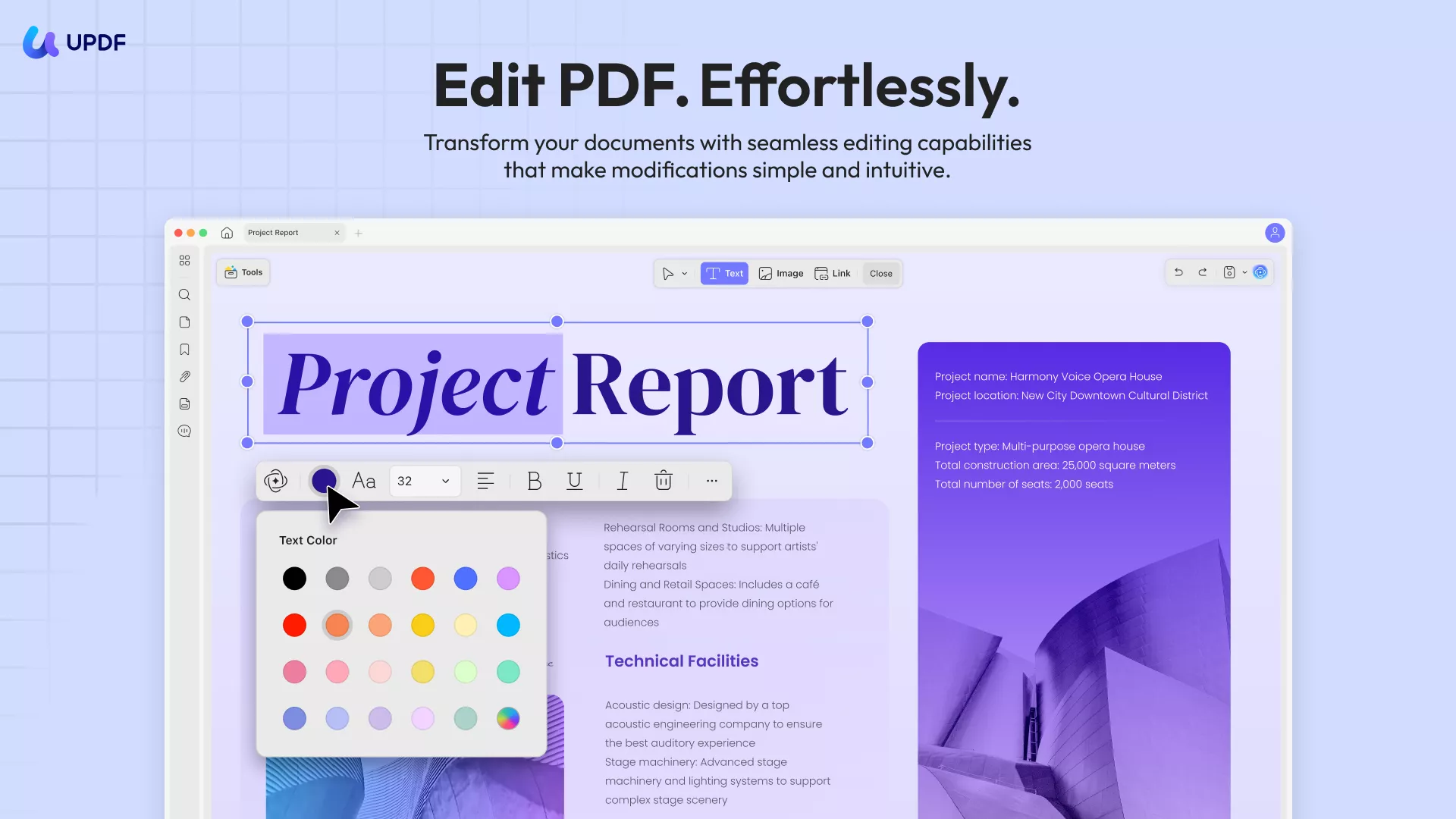
- Organize PDF: Efficiently manage your PDF pages by extracting, splitting, rotating, reordering, or adding new pages.
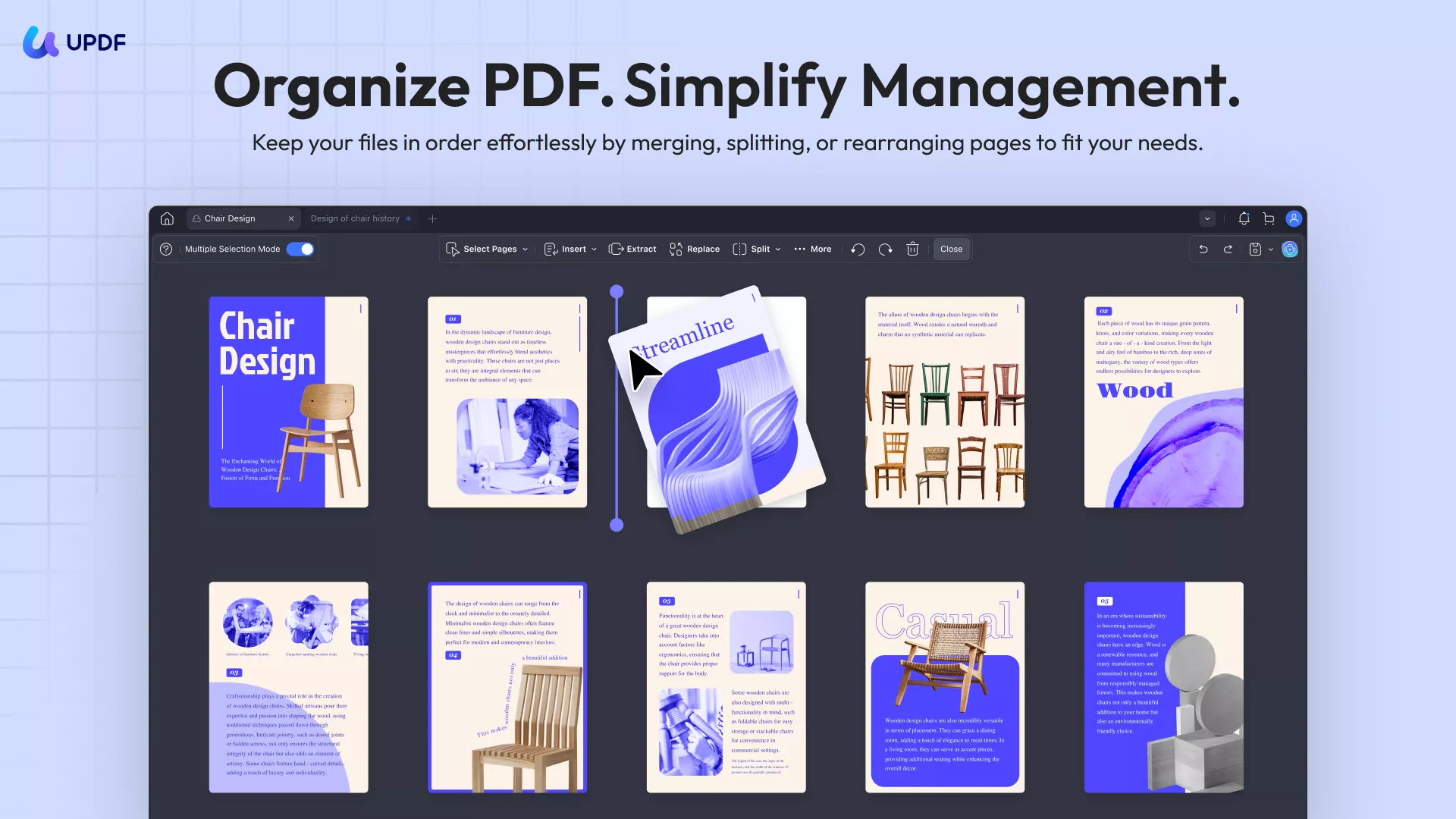
- Compress PDFs: Decrease the file size of your PDFs without compromising quality.
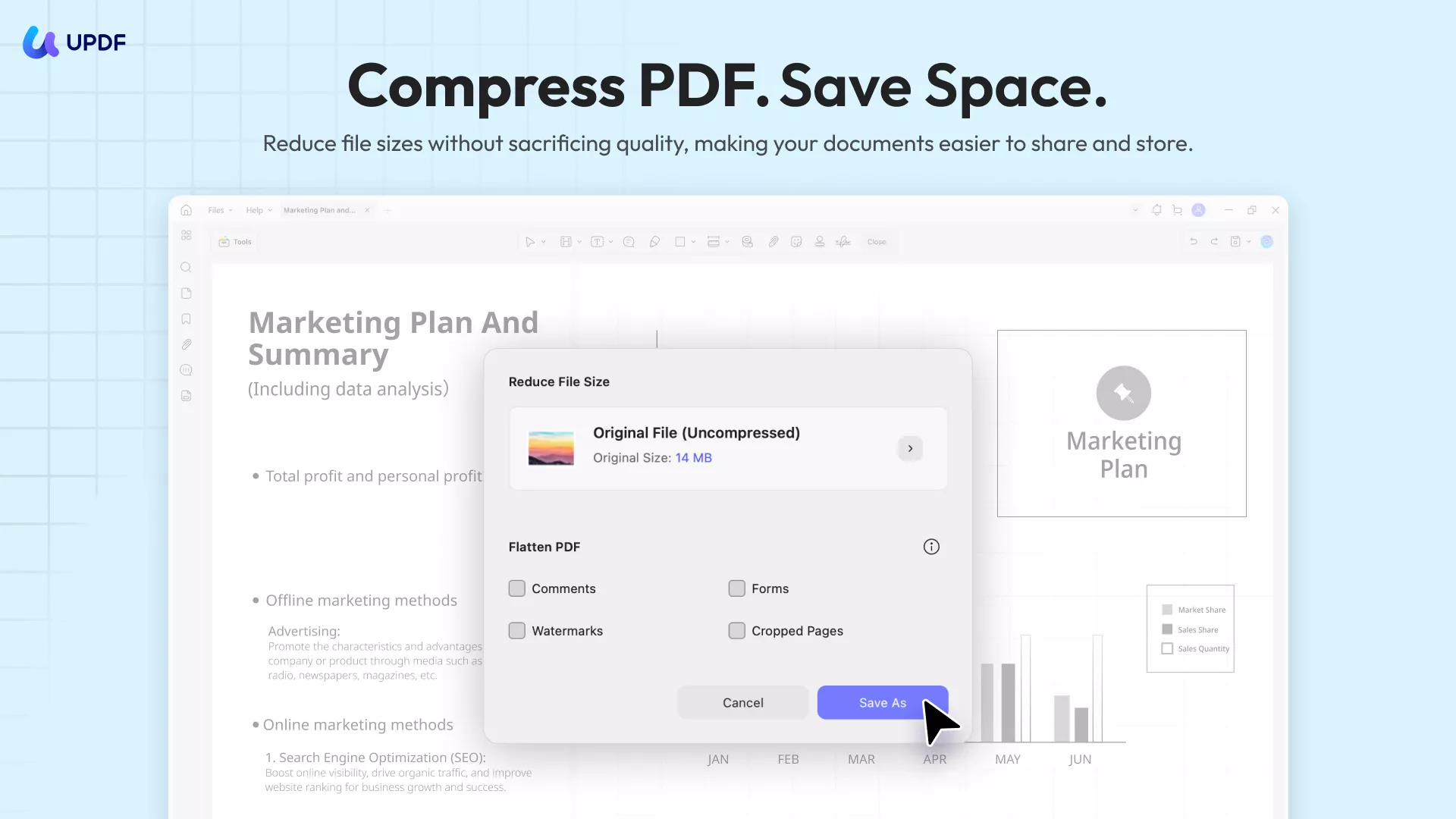
- View PDF: Improve your PDF readability with multiple layouts, including single-page view, two-page view, scrolling, or two-page scrolling.
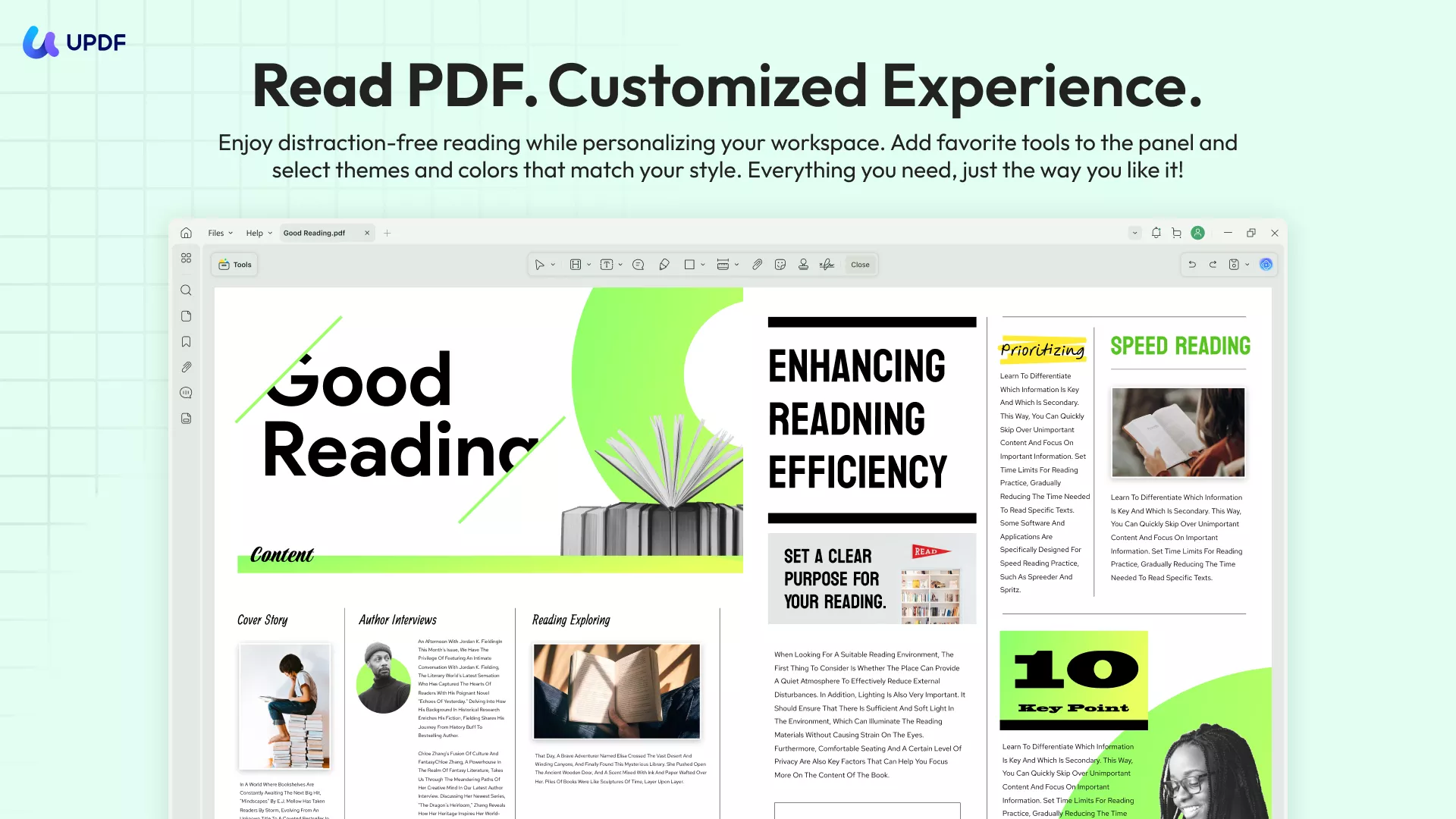
- Fill and Sign: Design and add electronic signatures to your PDFs.
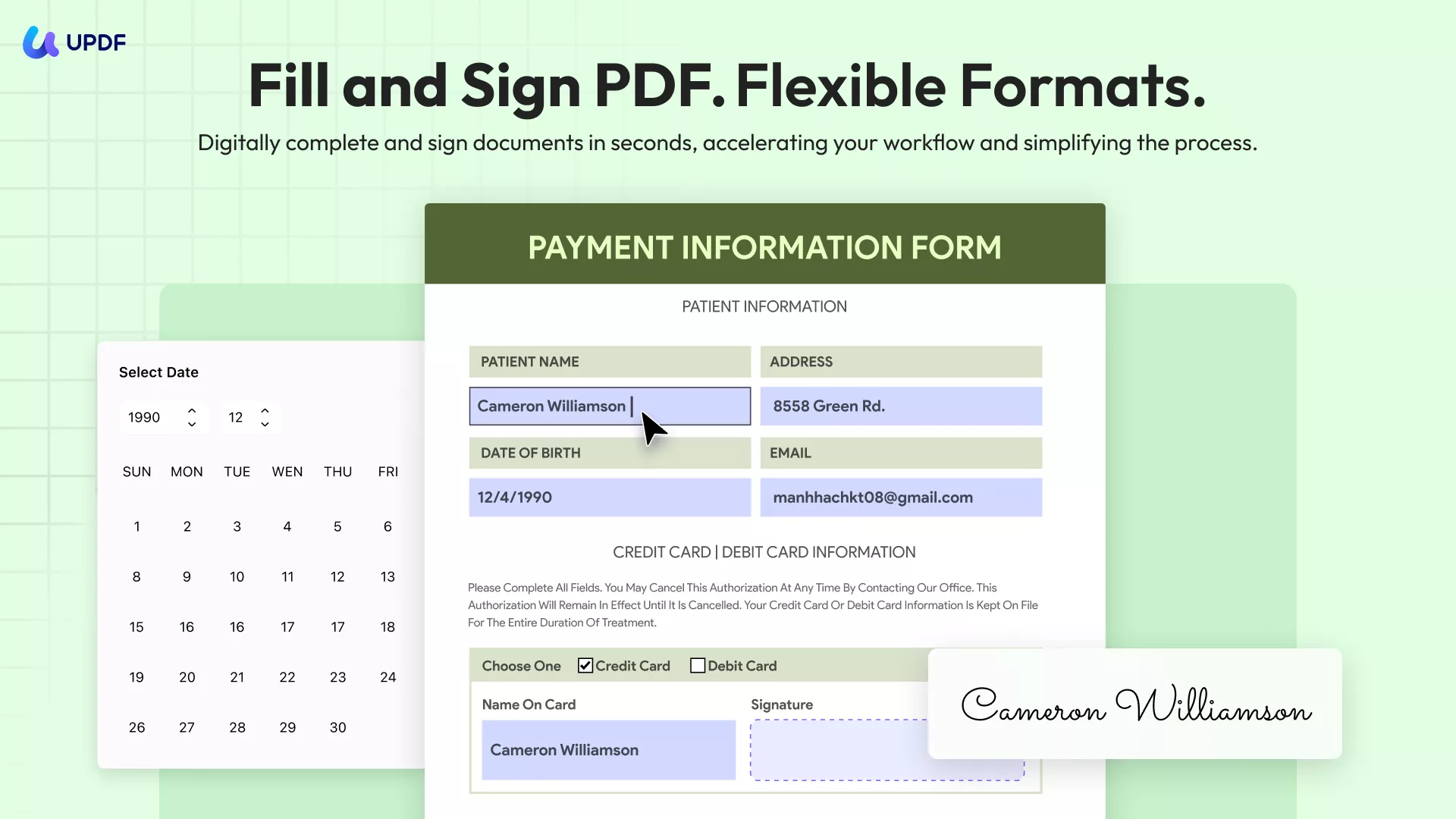
- UPDF Cloud: With the power of cloud computing, you can view your PDF from any device.
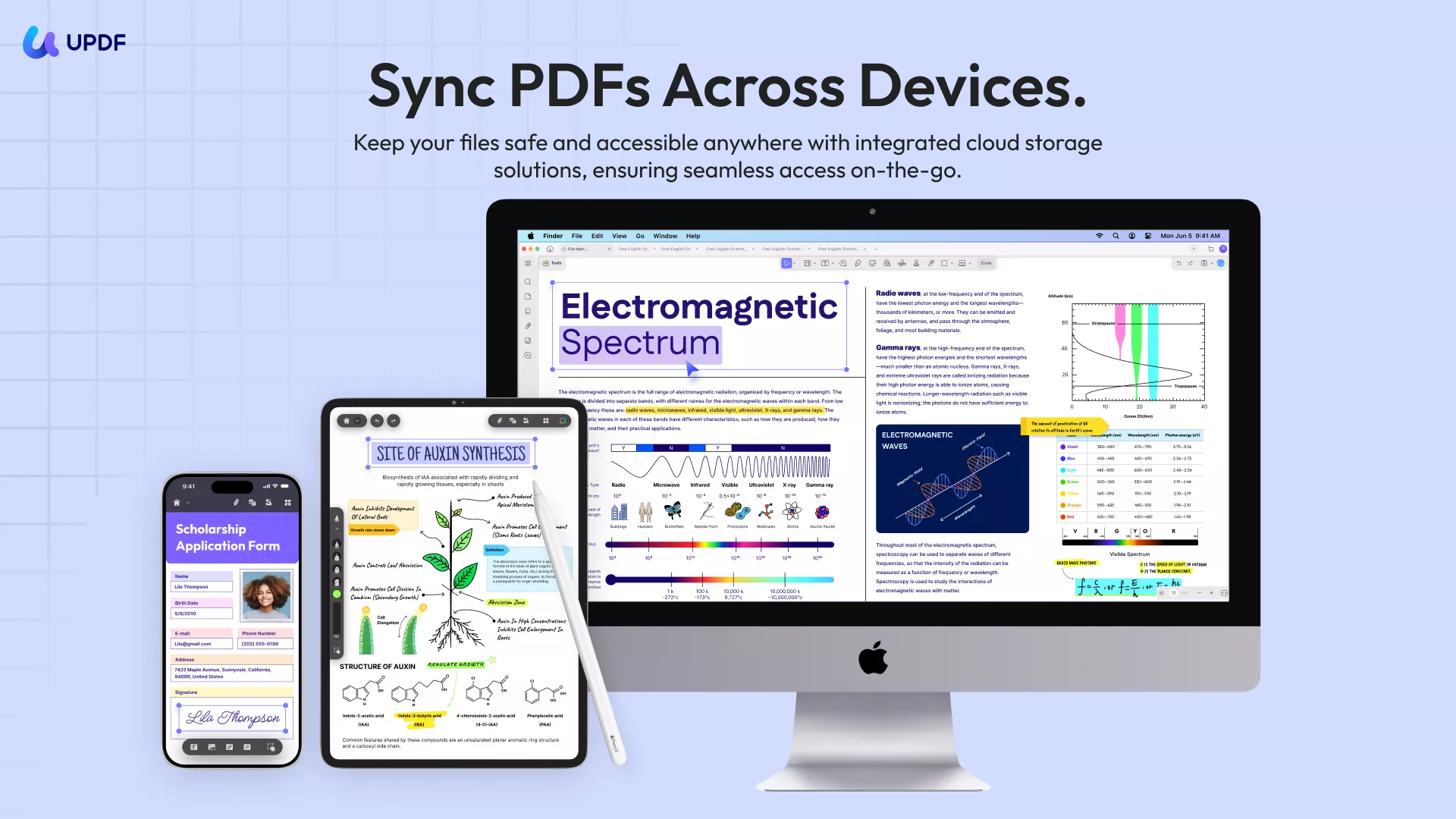
Have you discovered and marveled at the versatile functionalities of UPDF? This AI-integrated tool is truly excellent for document management, particularly with PDFs. If you handle daily PDF tasks, you can download it for a free trial.
Windows • macOS • iOS • Android 100% secure
Conclusion
In conclusion, while there are various AI annotation tools available, each with its unique strengths, UPDF distinguishes itself as an exceptional choice for annotating pages and documents. Its blend of user-friendly features, combined with powerful OCR technology and versatile annotation capabilities, makes it ideal for a wide range of users. Whether you're handling professional documents or personal files, UPDF provides an efficient, secure, and intuitive platform for all your annotation needs. For those looking for a reliable and comprehensive document annotation solution, UPDF is undoubtedly worth exploring and integrating into your digital toolkit.
Windows • macOS • iOS • Android 100% secure
 UPDF
UPDF
 UPDF for Windows
UPDF for Windows UPDF for Mac
UPDF for Mac UPDF for iPhone/iPad
UPDF for iPhone/iPad UPDF for Android
UPDF for Android UPDF AI Online
UPDF AI Online UPDF Sign
UPDF Sign Edit PDF
Edit PDF Annotate PDF
Annotate PDF Create PDF
Create PDF PDF Form
PDF Form Edit links
Edit links Convert PDF
Convert PDF OCR
OCR PDF to Word
PDF to Word PDF to Image
PDF to Image PDF to Excel
PDF to Excel Organize PDF
Organize PDF Merge PDF
Merge PDF Split PDF
Split PDF Crop PDF
Crop PDF Rotate PDF
Rotate PDF Protect PDF
Protect PDF Sign PDF
Sign PDF Redact PDF
Redact PDF Sanitize PDF
Sanitize PDF Remove Security
Remove Security Read PDF
Read PDF UPDF Cloud
UPDF Cloud Compress PDF
Compress PDF Print PDF
Print PDF Batch Process
Batch Process About UPDF AI
About UPDF AI UPDF AI Solutions
UPDF AI Solutions AI User Guide
AI User Guide FAQ about UPDF AI
FAQ about UPDF AI Summarize PDF
Summarize PDF Translate PDF
Translate PDF Chat with PDF
Chat with PDF Chat with AI
Chat with AI Chat with image
Chat with image PDF to Mind Map
PDF to Mind Map Explain PDF
Explain PDF Scholar Research
Scholar Research Paper Search
Paper Search AI Proofreader
AI Proofreader AI Writer
AI Writer AI Homework Helper
AI Homework Helper AI Quiz Generator
AI Quiz Generator AI Math Solver
AI Math Solver PDF to Word
PDF to Word PDF to Excel
PDF to Excel PDF to PowerPoint
PDF to PowerPoint User Guide
User Guide UPDF Tricks
UPDF Tricks FAQs
FAQs UPDF Reviews
UPDF Reviews Download Center
Download Center Blog
Blog Newsroom
Newsroom Tech Spec
Tech Spec Updates
Updates UPDF vs. Adobe Acrobat
UPDF vs. Adobe Acrobat UPDF vs. Foxit
UPDF vs. Foxit UPDF vs. PDF Expert
UPDF vs. PDF Expert


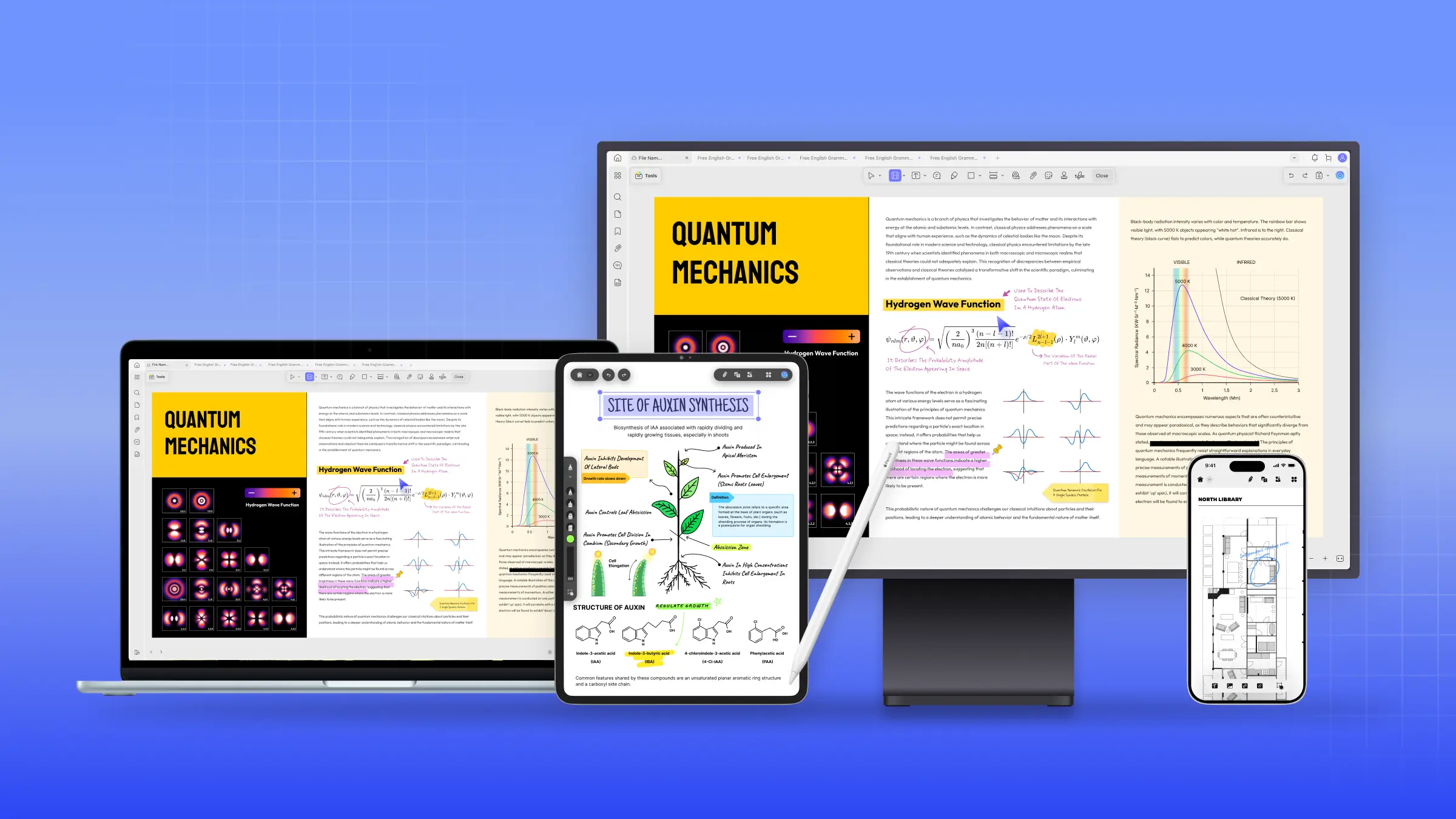


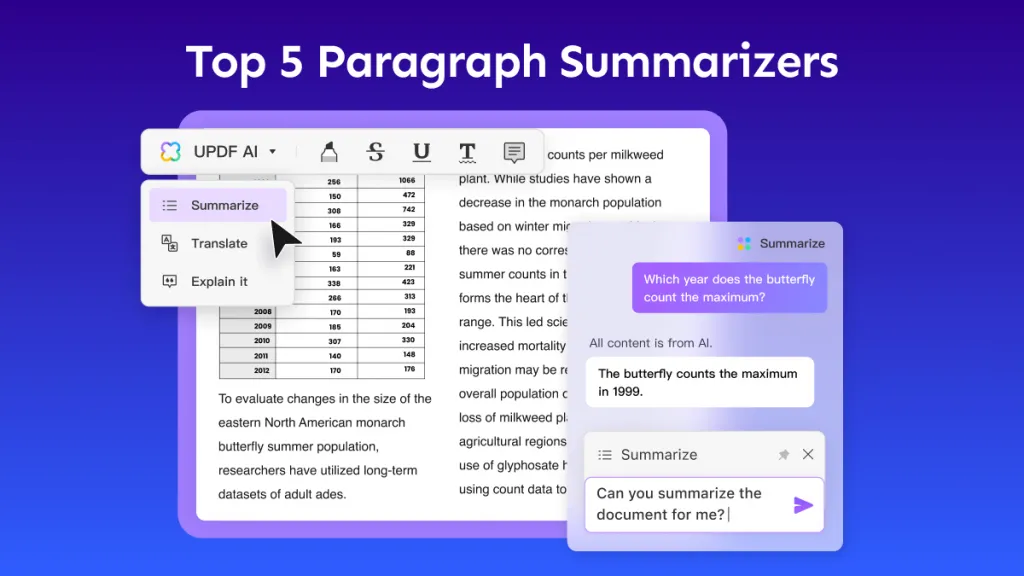


 Enola Miller
Enola Miller 
 Enrica Taylor
Enrica Taylor 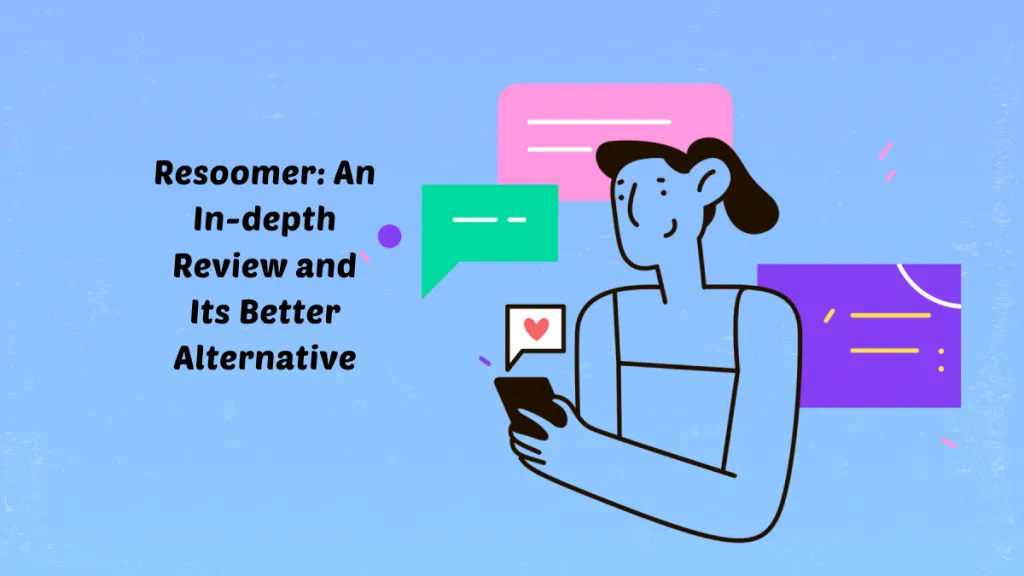

 Engelbert White
Engelbert White